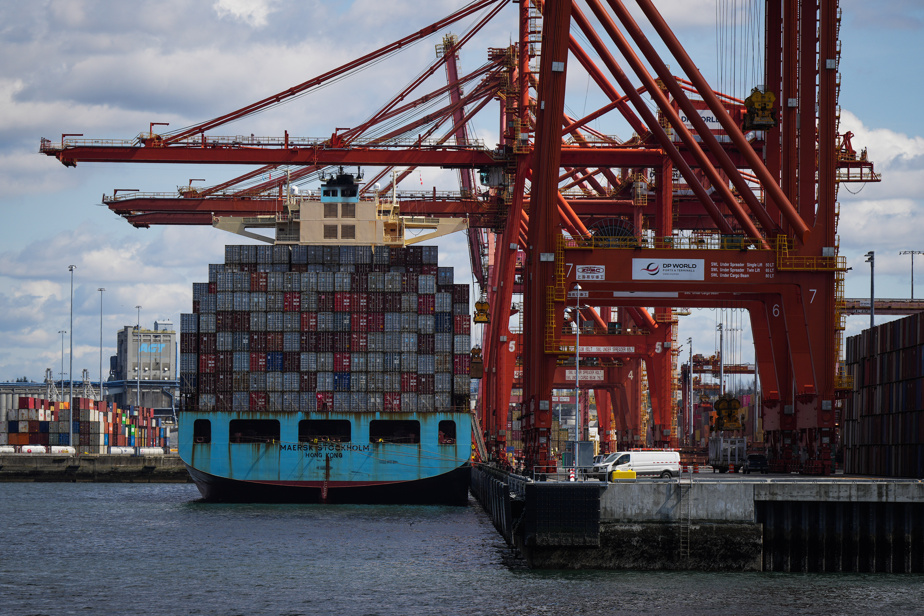Warning of bad weather for international maritime trade at the start of 2024: attacks by Houthi rebels in the Red Sea are producing a sudden rise in freight rates, coupled with the beginnings of disorganization of logistics chains.
Since mid-December, most major international shipping companies have decided to reroute their ships to avoid passage through the Suez Canal, through which 12% of world trade usually passes.
Vessels now circumnavigate Africa via the Cape of Good Hope, extending the journey between Asia and Europe by 10 to 20 days on average, according to Arthur Barillas, managing director of Ovrsea, a freight forwarder. transport.
Shipping companies have already announced significant price increases to cover the costs associated with this detour. CMA-CGM has doubled the price of a 40-foot container between Asia and the Mediterranean (from US$3,000 to US$6,000, or between $4,000 and $8,000).
Same thing for the sector leader, Italian-Swiss MSC, whose rates increased from US$2,900 to US$5,900 for transporting a 40-foot container on the same route.
“There is a real influx from Asia,” says Mr. Barillas. Until Chinese New Year on February 10, “all boats are full,” he says.
Customers are rushing to have their goods shipped before these celebrations which bring the country, the world’s leading exporter, to a standstill for a week.
Faced with this, “the competition reacts uniformly. There are 10 companies that share 80 to 90% of the volume [of goods] transported and all of them have very high rates, because the boats are full,” he points out.
One of the benchmark indicators for measuring the freight rate (tariff) of goods transported from China, the Shanghai Contained Freight Index (SCFI), has almost doubled in a few weeks.
Such a sharp increase is reminiscent of the COVID-19 years, during which freight rates reached levels not seen in the history of international shipping due to the disruption of supply chains.
However, “not everyone pays double. Only a few,” assures Niels Rasmussen, chief analyst for Bimco, the world’s leading association of shipping carriers.
This is because most companies do not pay “spot” rates, but have long-term contracts with major shipping companies. “If you look at the average tariff for everything coming out of China through most of Europe and the Mediterranean, you’ll see that the increase is 15 to 20 percent,” says Rasmussen.
Professionals also note a shortage of containers in Asia due to the longer duration of journeys.
Companies have in fact used the huge profits earned in 2021 and 2022 to buy hundreds of new boats which are starting to be delivered.
Attacks in the Red Sea are not the only ones disrupting international trade. The historic drought hitting the Panama Canal, forcing authorities to slow down transit and ships to wait longer before being able to use it, is also disrupting trade.
Above all, carriers are closely monitoring the outcome of Taiwan’s presidential and legislative elections, scheduled for January 13, for fear of another crisis involving China in the region.
